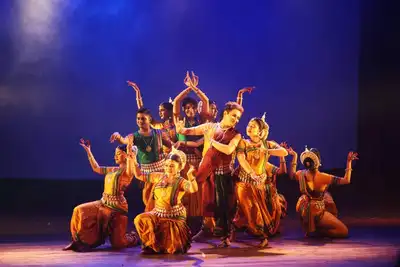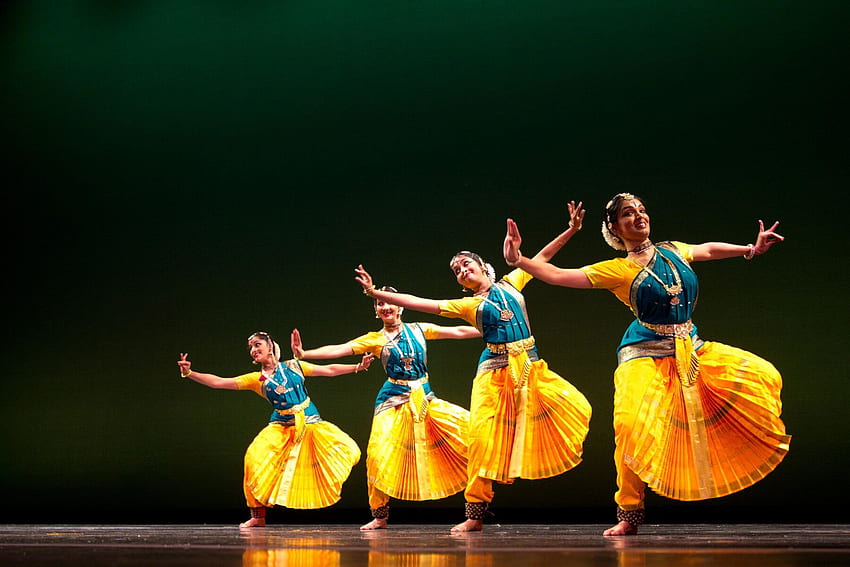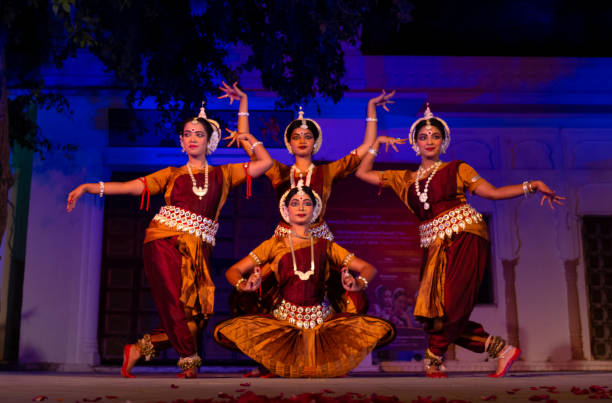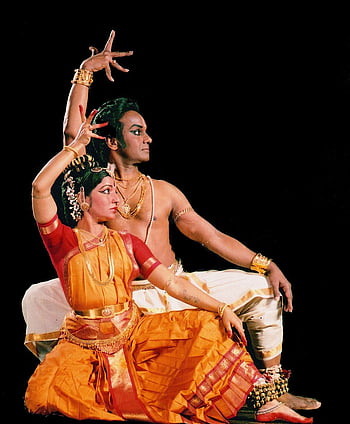Kathak in Original Form
Home-> products-> kathak-in-original-form
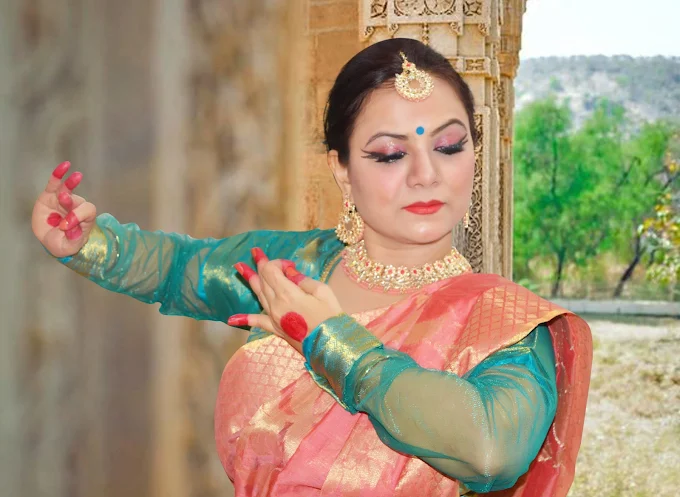
Kathak in Original Form
Kathak is one of the eight major classical dance forms of India, originating from the northern regions of the country. The word Kathak is derived from the Sanskrit word Katha, meaning “story,” and Kathakar, meaning “the storyteller.” True to its name, Kathak evolved as a form of storytelling through dance, originally performed by wandering bards who narrated mythological and moral tales using expressive gestures, rhythmic footwork, and graceful movements.
Over time, Kathak developed into a refined classical art form, especially under the influence of temple rituals and later the royal courts of the Mughal era. It beautifully blends elements of both Hindu and Persian cultures, which is reflected in its music, costumes, and themes. The dance is marked by intricate footwork (tatkaar), rapid spins (chakkars), subtle facial expressions (abhinaya), and the use of ankle bells (ghungroos) to enhance rhythmic patterns.
Kathak performances often follow a structure that includes a pure dance section (nritta), expressive storytelling (nritya), and spiritual or devotional pieces. It is usually performed solo but can also include group presentations. The music accompanying Kathak is typically based on Hindustani classical music, using instruments like the tabla, harmonium, and sarangi.
There are three major schools or gharanas of Kathak—Lucknow, Jaipur, and Banaras—each known for its unique emphasis on expression, rhythm, and footwork.
Kathak is more than just a dance; it is a living tradition that embodies the cultural, spiritual, and historical richness of India. Today, it continues to captivate audiences worldwide with its elegance, storytelling power, and dynamic presentation.
